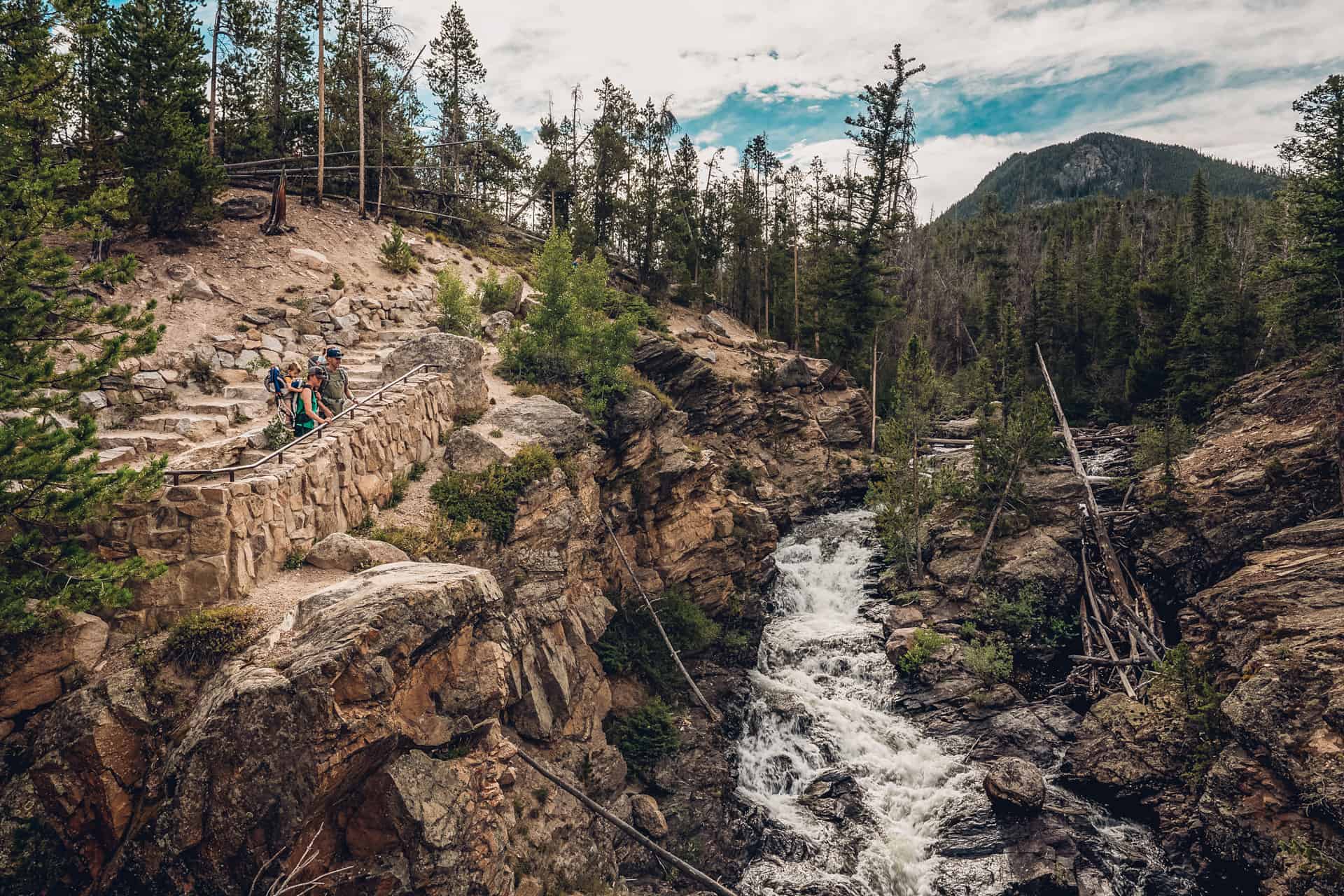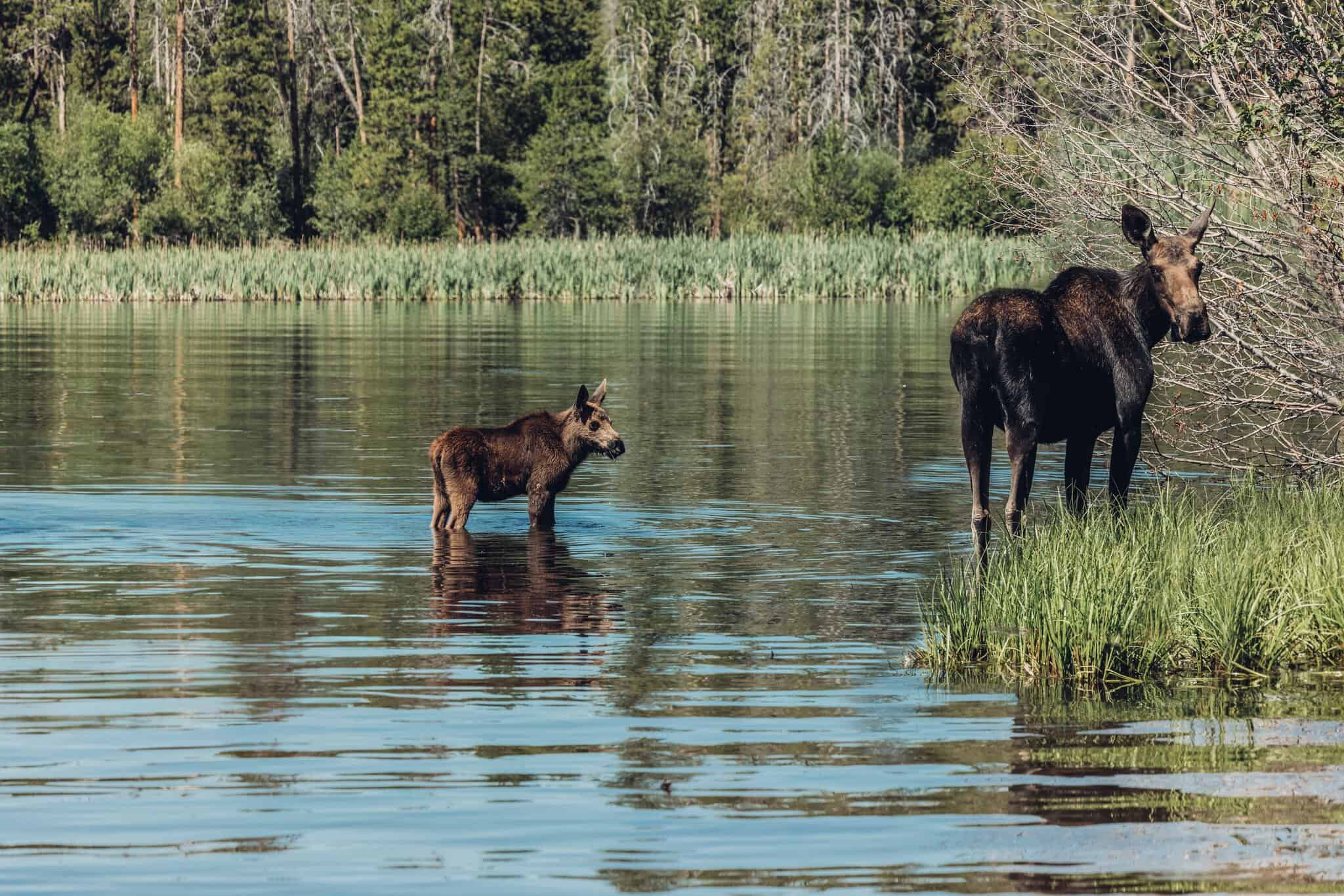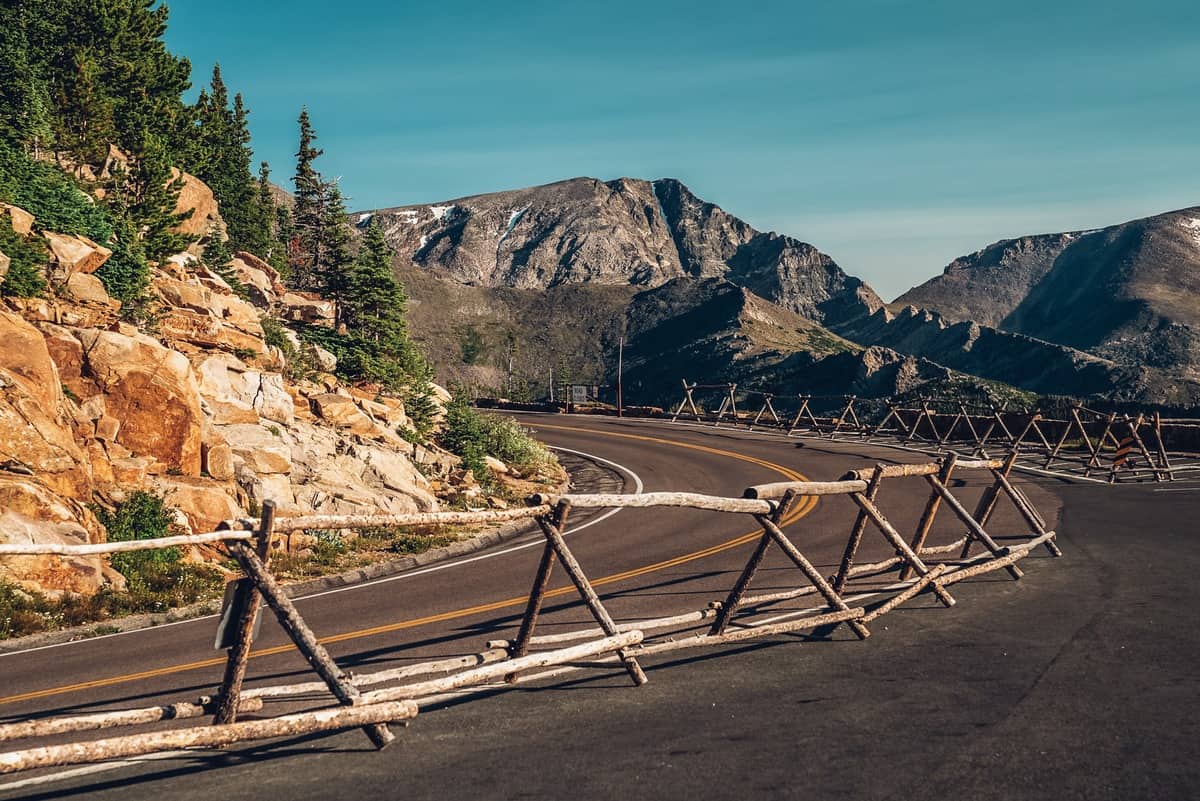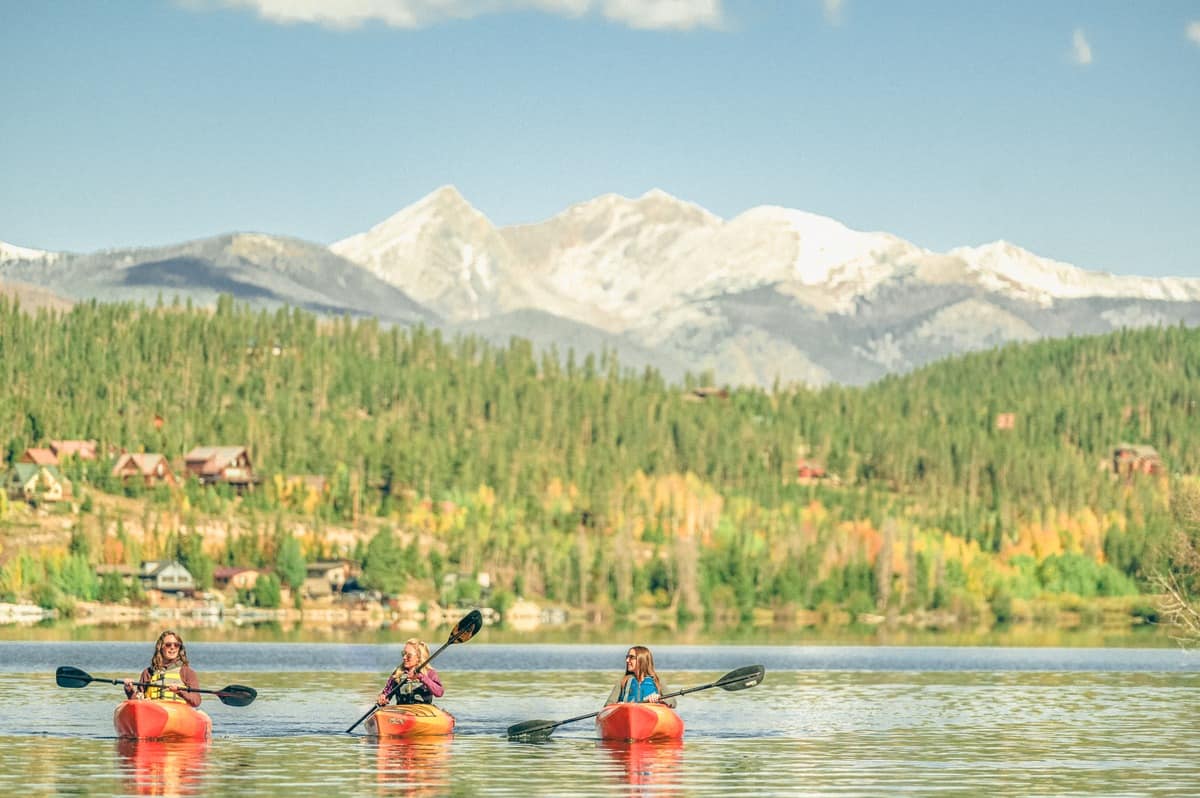5 Grand Facts about Rocky Mountain National Park

Rocky Mountain National Park Facts
Just five minutes from Grand Lake, Rocky Mountain National Park spans 265,000 acres, serving as a sprawling backyard to Grand County. With its rugged peaks and shimmering lakes, it’s a vast natural expanse. Discover five lesser-known facts about Rocky Mountain National Park.
Rocky Mountain National Park requires a timed-entry permit from late May to mid-October. Make your reservation at Recreation.gov.
1. Moose Like the West Side More
It's well known that bugling elk can be found elegantly striding through the entirety of Rocky Mountain National Park, but it's a lesser-known fact that moose prefer to dwell on the west side of the park in the Kawuneeche Valley. Standing at more than 6 feet, a moose is hard to miss when you spot one. You can spy moose in marshy areas with aquatic vegetation and willow trees. But your best resource is the rangers at the Kawuneeche Visitor Center, who will tell you all the best spots for finding these mighty herbivores, as well as safety tips to maintain your distance and keep wildlife wild.

2. A Ranger Can Be Your Guide
The knowledgeable park rangers are ready and able to take you on walks, talks, and hikes throughout the west side of Rocky Mountain National Park. Seven days a week, in all seasons, you can join one- to three-hour-long programs that cover topics like fire ecology, life on the homestead, critter chats, and cocoa with a ranger. From fly-fishing school to historical hikes, caravans to the wildflowers and photography walks, there are a variety of educational sessions available for all ages, interests and capabilities.
3. It’s Home to the Highest Continuous Highway in the U.S.
Trail Ridge Road, a 48-mile stretch through Rocky Mountain National Park, offers breathtaking peak views and a rich history. Completed in 1932, it was a monumental engineering feat that linked Estes Park and Grand Lake, crossing the Continental Divide at over 12,000 feet. The road winds through diverse landscapes, from green forests to alpine tundra, showcasing the park's dramatic geological features. Historical markers along the route highlight the road's construction challenges and the individuals who made it possible, offering a glimpse into the early 20th-century efforts to make the park's remote beauty accessible to all. Trail Ridge Road is open seasonally, typically from late spring to early autumn. Check current Rocky Mountain National Park road statuses to see if it is drivable.

4. You Can Get a Little Taste of Yellowstone
Save yourself the drive to Wyoming and see the Grand Canyon of the Yellowstone on a smaller scale. Known as Little Yellowstone, this canyon on the western side of the park has multihued seams of volcanic ash. The difficult Little Yellowstone Trail hike begins at the Colorado River Trailhead, often following the river, passing tumbling waterfalls and remains of buildings from a ghost town and former mining town, Lulu City.
5. There's a Bright Side to the West Side
On average, nearly 3 million people visit Rocky Mountain National Park a year. Of those 3 million, 2.4 million visitors flow into the park from the east side. By coming in through the less-frequented west side, you'll have access to all the beauty of the park without the worry of bumping elbows on the trail. There's plenty to do once you leave the west side of the park as well, in the nearby towns.

Frequently Asked Questions
What should I bring for a day hike?
Be sure to bring water, snacks, sun protection, and a map (or mapping app). Weather conditions can change rapidly, so check the report before you embark and bring extra layers. Learn how to Stand Grand and Leave No Trace.
What are the park's operating hours?
Rocky Mountain National Park is open year-round, 24 hours a day. However, certain facilities, services, and visitor centers have seasonal hours. The Visitor Centers are typically open from 9 a.m. to 5 p.m. daily.
Are pets allowed in the park?
Pets are allowed on paved roads, parking areas, and campgrounds but are not permitted on trails or in the backcountry.
What are the park's accessibility features?
The park offers accessible trails and facilities, including some paved paths and viewpoints. Check out the NPS accessibility information and stop into the visitor centers for trail recs and additional resources.
What wildlife might I see in the park?
The park is home to diverse wildlife, including elk, mule deer, bighorn sheep, black bears, and various bird species. Always observe wildlife from a distance.
Are there facilities for camping in the park?
Yes, the park has several campgrounds. Reservations are recommended for summer months, some campgrounds are first-come, first-served, and fire restrictions may be in place.
More Grand County Trip Tips
- Try an evening trip with Rocky Mountain National Park stargazing.
- Take a bite out of these restaurants in Grand Lake.
- Get a beginner’s guide to Rocky Mountain National Park.
- Find the coolest places to stay when visiting Rocky Mountain National Park.
- Cruise along our favorite scenic byways and drives in Grand County.
